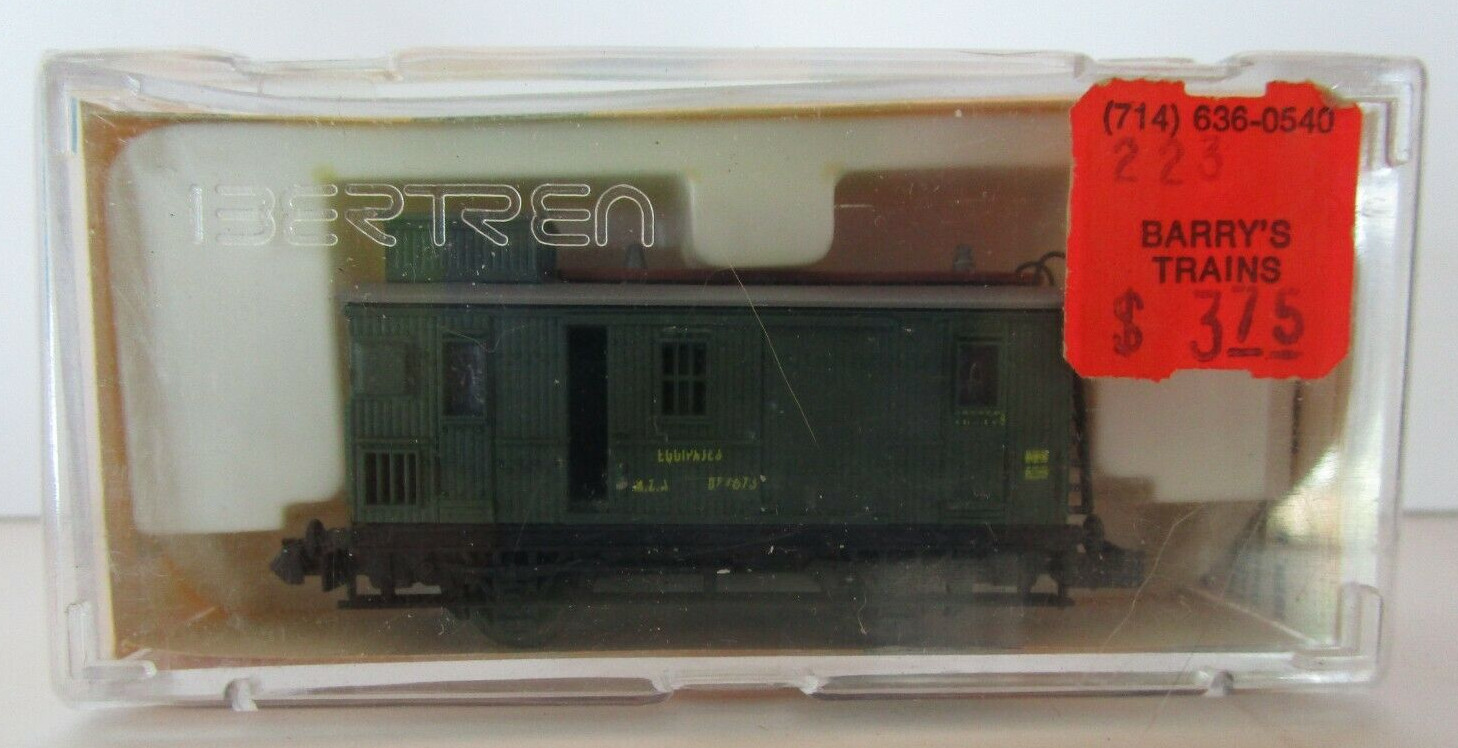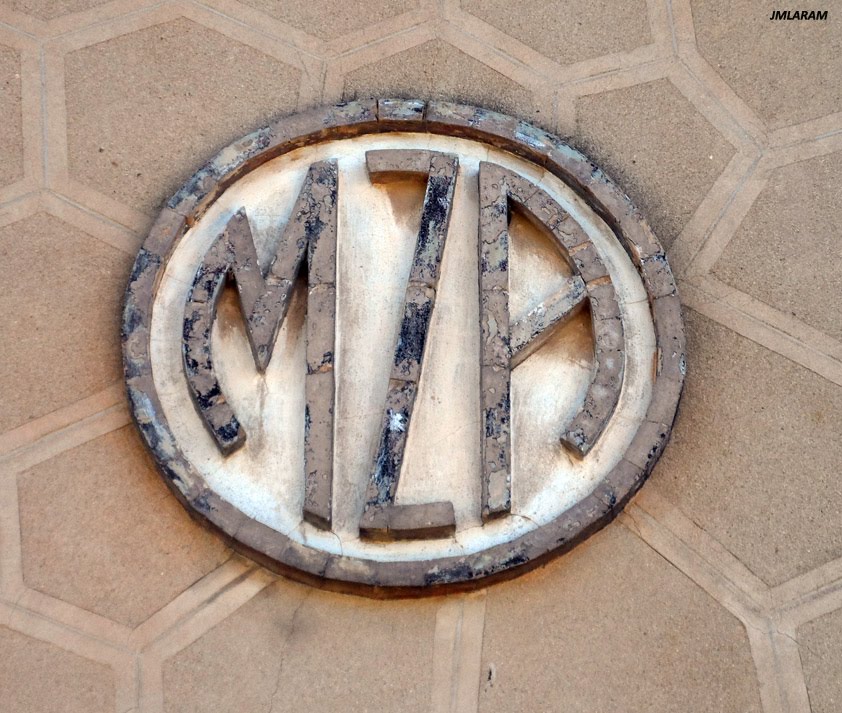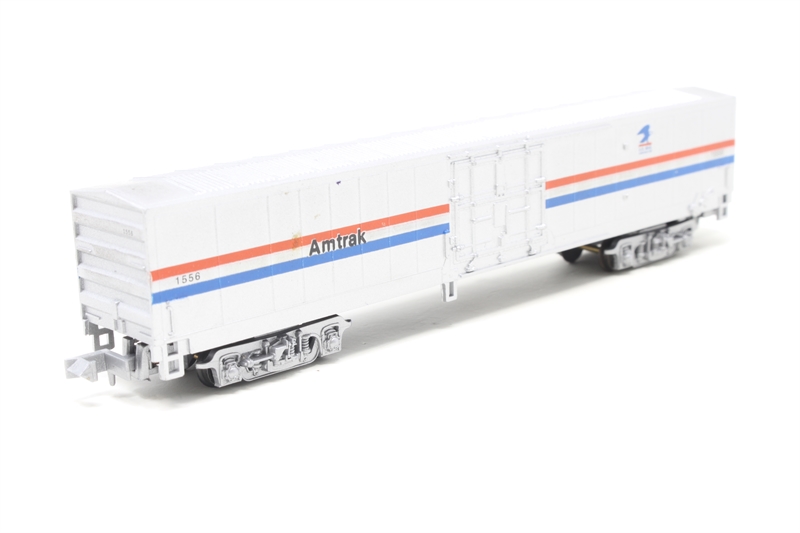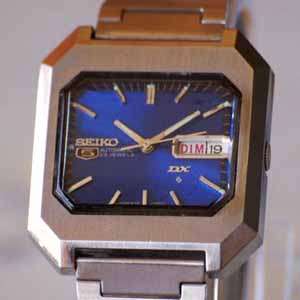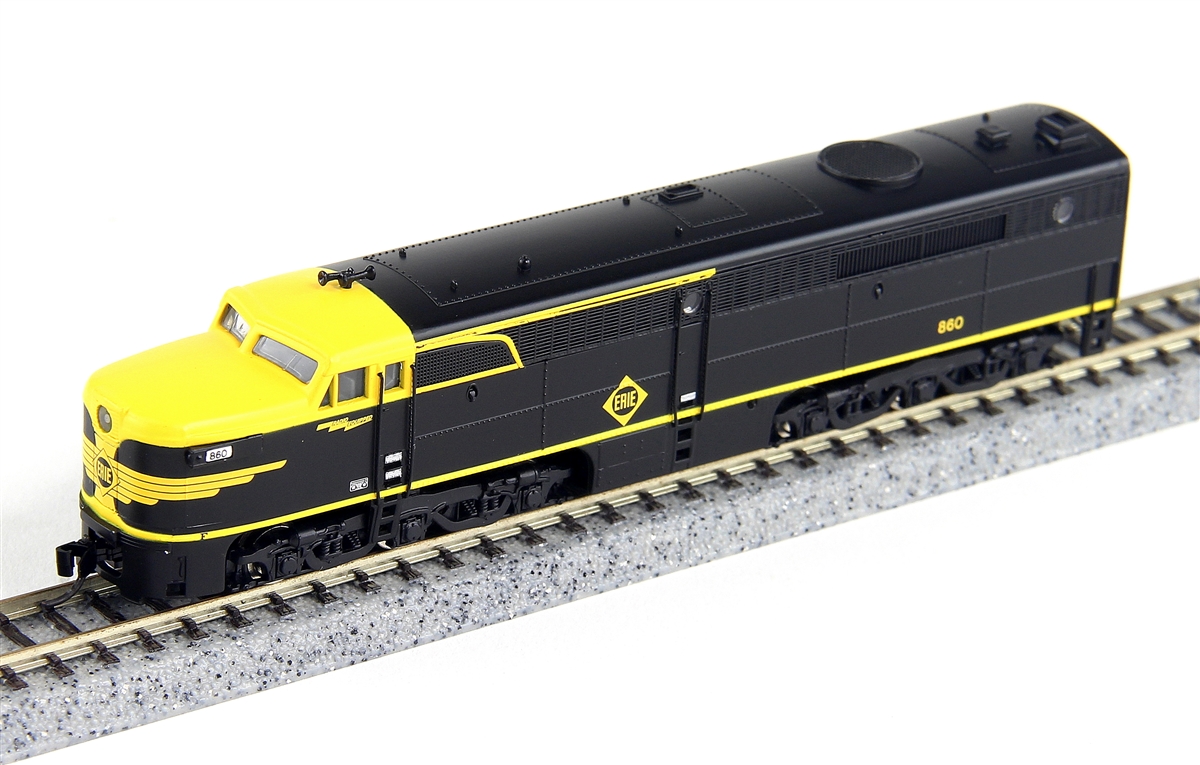Specific Item Information: Original list price 1978: 181 Pesetas (ESP)
Model Information: This Ibertren model was likely produced starting sometime in the 1980s, given the deep-flange nickel-silver plated wheels. It features body mount couplers and fairly nice molded detail work. The ladders and roofwalk are separately applied details.
Road Name History: The Compañía de los ferrocarriles de Madrid a Zaragoza y Alicante (MZA) was a Spanish railway company established in 1856 and that it became one of the great companies of the railway sector along with its great competitor, the Compañía de los Caminos de Hierro del Norte de España.
This competition also came from the large financial families that competed at the time, the Rothschilds for MZA and the Pereires for the Norte. Starting from its first railroad concessions, it spread rapidly to take on some of the main lines of Extremadura, Castilla la Nueva, Andalusia or Levante, controlling an important market. The MZA was also the one that constructed the stations of Atocha in Madrid, El Carmen in Murcia, Campo Sepulcro (later of El Portillo) in Saragossa or Plaza de Armas in Seville, also known as station of Córdoba and at the moment reconverted in commercial center. With the arrival of the twentieth century, the Company was at the highest splendor of its operational history, although not long after the crisis made a dent in the company. The Spanish Civil War revealed to be the swan song for the company, that would be condemned because in 1941 the pro-Franco state decreed the nationalization of all the railroads to create the national company RENFE. From that moment, MZA ceased to exist.
Read more on Wikipedia (in Spanish) and on ferropedia.es (in Spanish).
This competition also came from the large financial families that competed at the time, the Rothschilds for MZA and the Pereires for the Norte. Starting from its first railroad concessions, it spread rapidly to take on some of the main lines of Extremadura, Castilla la Nueva, Andalusia or Levante, controlling an important market. The MZA was also the one that constructed the stations of Atocha in Madrid, El Carmen in Murcia, Campo Sepulcro (later of El Portillo) in Saragossa or Plaza de Armas in Seville, also known as station of Córdoba and at the moment reconverted in commercial center. With the arrival of the twentieth century, the Company was at the highest splendor of its operational history, although not long after the crisis made a dent in the company. The Spanish Civil War revealed to be the swan song for the company, that would be condemned because in 1941 the pro-Franco state decreed the nationalization of all the railroads to create the national company RENFE. From that moment, MZA ceased to exist.
Read more on Wikipedia (in Spanish) and on ferropedia.es (in Spanish).
Brand/Importer Information: Ibertrén is a model train manufacturer based in Barcelona, Spain. Ibertren started its business in 1973, as a subsidiary of Model-Iber. Its objective was the manufacture of toy trains to scale. It was intended to offer a quality toy that at the same time created public for rail modeling. In 1992, Model-Iber ceased its activity due to financial problems. The manufacture of Ibertren was stopped in that year, ending its first period. In 2004 the activity of the brand was resumed, dedicated to rail modeling directed to adults in scale H0 and abandoning completely the sector for youngsters. In 2008 the production of elements in scale 2N re-emerged. The company full name after relaunch is "Ibertrén Modelismo S.L.".
Ibertrén started producing N (1: 160) scale models, which they called 3N, with a dedicated 3rd-rail power pick-up. The system was not performing well and was also incompatible with the system commonly used by other manufacturers. It was finally abandoned in favor of the conventional N 2-rail power pick-up that Ibertrén called 2N that was introduced in the early 1980's.
Documentation including all catalogs and price lists from 1973 to 1992 can be found on www.TrenMiniatura.es shared space.
Ibertrén started producing N (1: 160) scale models, which they called 3N, with a dedicated 3rd-rail power pick-up. The system was not performing well and was also incompatible with the system commonly used by other manufacturers. It was finally abandoned in favor of the conventional N 2-rail power pick-up that Ibertrén called 2N that was introduced in the early 1980's.
Documentation including all catalogs and price lists from 1973 to 1992 can be found on www.TrenMiniatura.es shared space.
Item created by: gdm on 2017-07-08 14:05:46. Last edited by gdm on 2020-06-21 09:43:22
If you see errors or missing data in this entry, please feel free to log in and edit it. Anyone with a Gmail account can log in instantly.
If you see errors or missing data in this entry, please feel free to log in and edit it. Anyone with a Gmail account can log in instantly.


